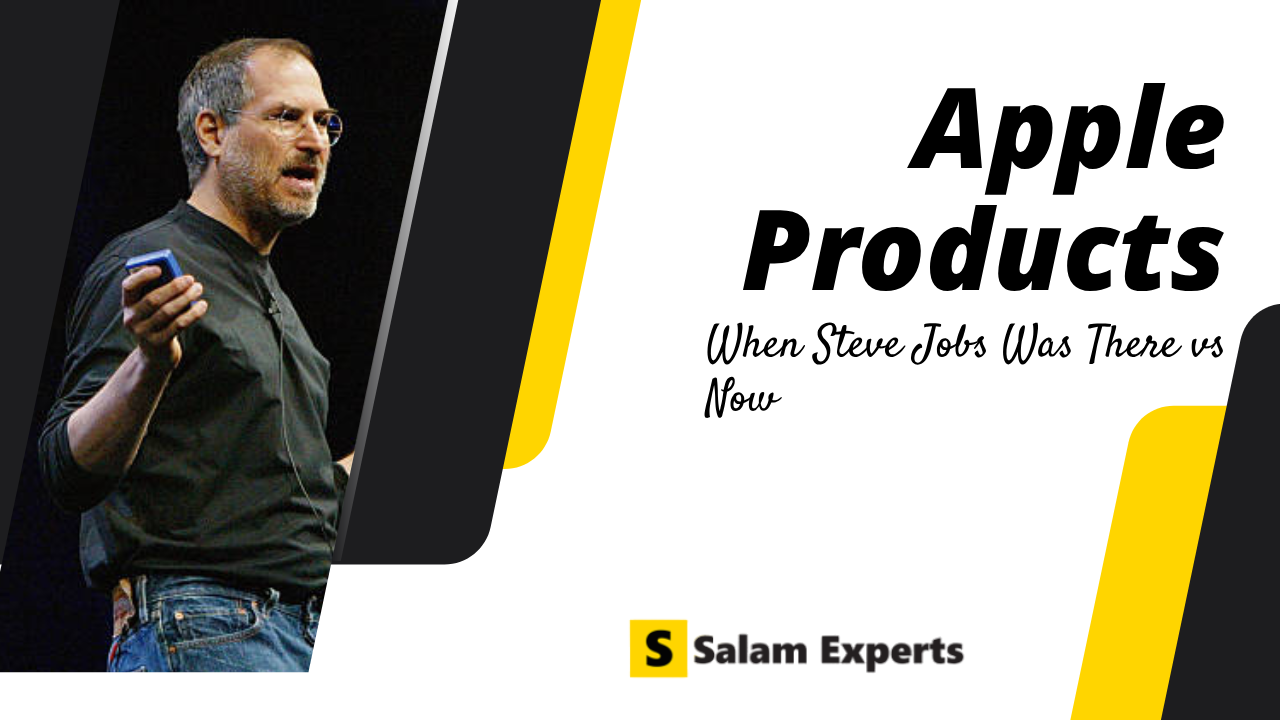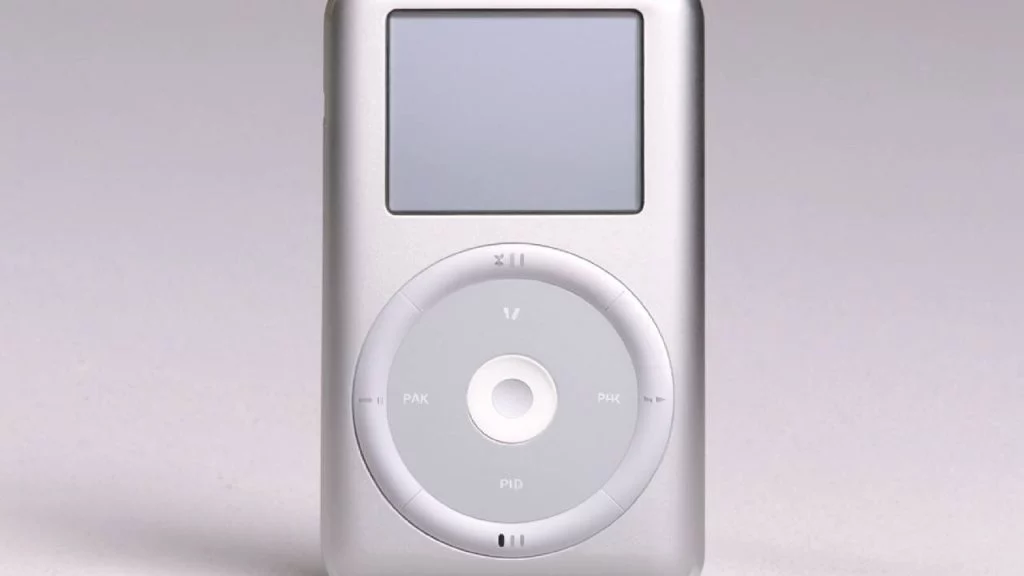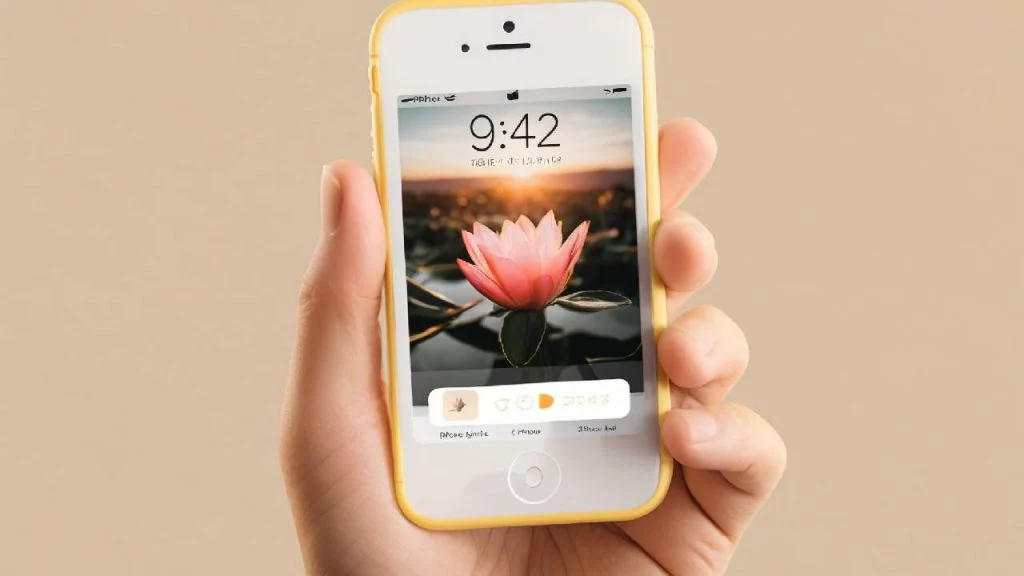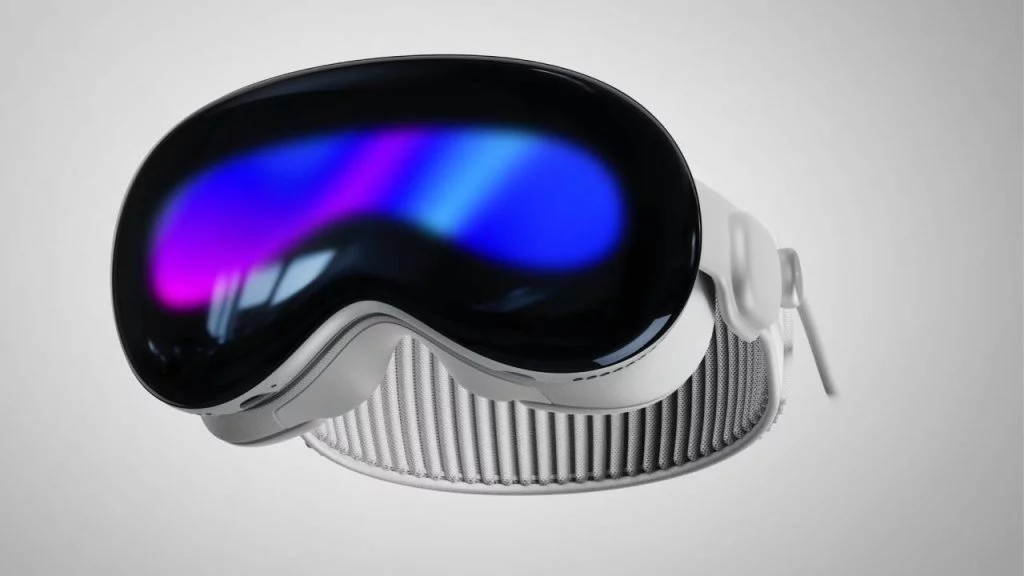Apple Products: When Steve Jobs Was There vs Now

Apple Inc. has long been a leader in innovation, transforming how we interact with technology. Steve Jobs famously stated, “Innovation distinguishes between a leader and a follower,” a principle that guided his vision for the company. Since its inception, Apple has changed the landscape of personal computing, music, and smartphones.
Steve Jobs’ Vision vs. Today’s Approach
Under Steve Jobs, Apple was all about groundbreaking ideas, launching game-changing products like the iPod, iPhone, and iMac. He focused on making devices that were not only functional but also beautifully designed and easy to use. This approach helped create a strong emotional bond with customers, turning Apple into a beloved brand and a leader in the tech world.
Today, Apple tends to focus more on improving existing products rather than introducing new, revolutionary ones. While they still prioritize design, this shift can make it seem like they’re not as innovative as before. As a result, the excitement and transformative energy that once defined Apple might feel less present in their current lineup.
Comparison of Steve Jobs Era vs Current Era
| Steve Jobs Era | Now Era |
|---|---|
| Apple I | AirPods |
| Apple II | HomePod |
| Macintosh | M1 Chip |
| iMac | Apple Vision Pro |
| iTunes | N/A |
| iPod | N/A |
| iPhone | N/A |
| App Store | N/A |
| MacBook Air | N/A |
| iPad | N/A |
| Apple Watch | N/A |
List of Key Apple Products
Apple II

The Apple II was one of the first successful mass-produced microcomputers, significantly shaping the personal computing landscape. Its color graphics, open architecture, and versatile software options made it popular among both hobbyists and businesses, paving the way for future innovations in computing. It was launched in June 1977
Macintosh

The Macintosh revolutionized user interaction with its pioneering graphical user interface and mouse, making computing more accessible to everyday users. Its innovative design and focus on user experience set a new standard in personal computing, influencing software development for years to come. It was released on January 24, 1984.
iMac

The iMac blended stylish design with practical features, giving a fresh look to personal computers. Its colorful, all-in-one design made it easy to use and appealing to a wider range of people, helping to attract more customers to the world of computing. It was released on August 15, 1998.
iPod

The iPod transformed the music industry by making it easy to carry thousands of songs in a portable device. Its sleek design and seamless integration with iTunes allowed users to easily purchase, organize, and enjoy their music. This innovation changed how people listened to music and helped pave the way for digital media consumption. The iPod was released on October 23, 2001.
MacBooks

MacBooks are high-performance laptops designed for professionals and creative individuals, offering powerful processors and stunning Retina displays for an exceptional user experience. With macOS, Apple’s proprietary operating system, they provide seamless integration with other Apple products and a wide range of creative software. The first MacBook was released on May 16, 2006.
Apple TV
Apple TV is a streaming media device that enables users to access a wide range of apps, movies, TV shows, and games directly on their television. With features like AirPlay for easy content sharing and integration with Apple services, it offers a convenient way to enjoy entertainment at home. The first Apple TV was released on March 21, 2007.
iPhones

The iPhone, introduced by Steve Jobs on January 9, 2007, revolutionized the smartphone industry with its sleek design and powerful performance. It features innovations like Face ID, Apple Pay, and advanced camera systems, setting new standards for mobile technology and transforming how we communicate and access information. It was released on June 29, 2007.
iPads

iPads are versatile tablets that combine a large display with powerful performance, making them ideal for both productivity and entertainment. Introduced by Steve Jobs in January 2010, they support a range of accessories like keyboards and styluses, enhancing the user experience for tasks such as writing, drawing, and multitasking. The first iPad was released on April 3, 2010.
Apple Watch

The Apple Watch is a wearable device that combines fitness tracking and health monitoring with smart features like notifications and app integration. It enables users to track workouts, monitor heart rates, and even make payments using Apple Pay, all from their wrist. The first Apple Watch was released on April 24, 2015.
AirPods

AirPods are wireless earbuds that offer seamless integration with Apple devices, delivering excellent sound quality and convenient features like automatic pairing and hands-free Siri access. Designed for ease of use, they allow users to enjoy music, make calls, and access voice commands without the hassle of tangled wires. The first generation of AirPods was released on December 13, 2016.
HomePod

The HomePod is a smart speaker that features Siri integration, allowing users to control music and smart home devices with voice commands. It delivers high-quality audio, making it ideal for music lovers, and is compatible with HomeKit for seamless smart home management. The first generation of HomePod was released on February 9, 2018.
M1 Chip

The M1 chip is Apple’s custom silicon designed to enhance performance and energy efficiency in Macs, delivering impressive speed and battery life. By integrating the CPU, GPU, and memory on a single chip, it allows for smoother multitasking and faster processing, making it ideal for demanding tasks. The M1 chip was announced on November 10, 2020.
Apple Vision Pro

Apple Vision Pro is a mixed-reality headset that seamlessly blends digital content with the physical world, offering a unique user experience powered by visionOS. It features ultra-high-resolution displays, advanced eye tracking, and a high-performance dual-chip design, transforming how users work, collaborate, and enjoy entertainment. The headset was released on February 2, 2025.
Conclusion
Apple’s evolution from the Steve Jobs era to today highlights a shift from groundbreaking innovations to incremental improvements. Under Jobs, the focus was on revolutionary products that transformed industries and built strong emotional connections with consumers. Today, while Apple maintains high design standards and quality, its innovations are often more subtle. As the company moves forward, the challenge will be to blend its legacy of bold innovation with the need to adapt to a rapidly changing tech landscape.





